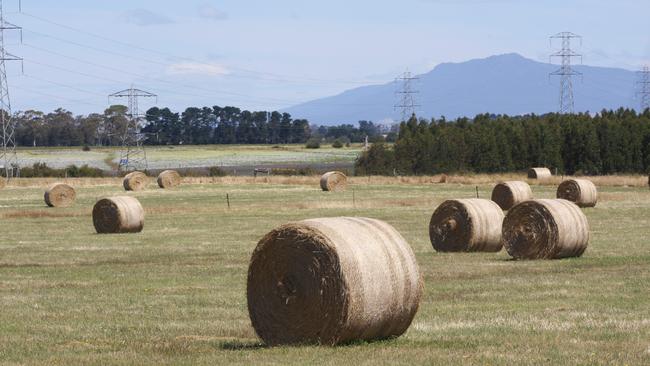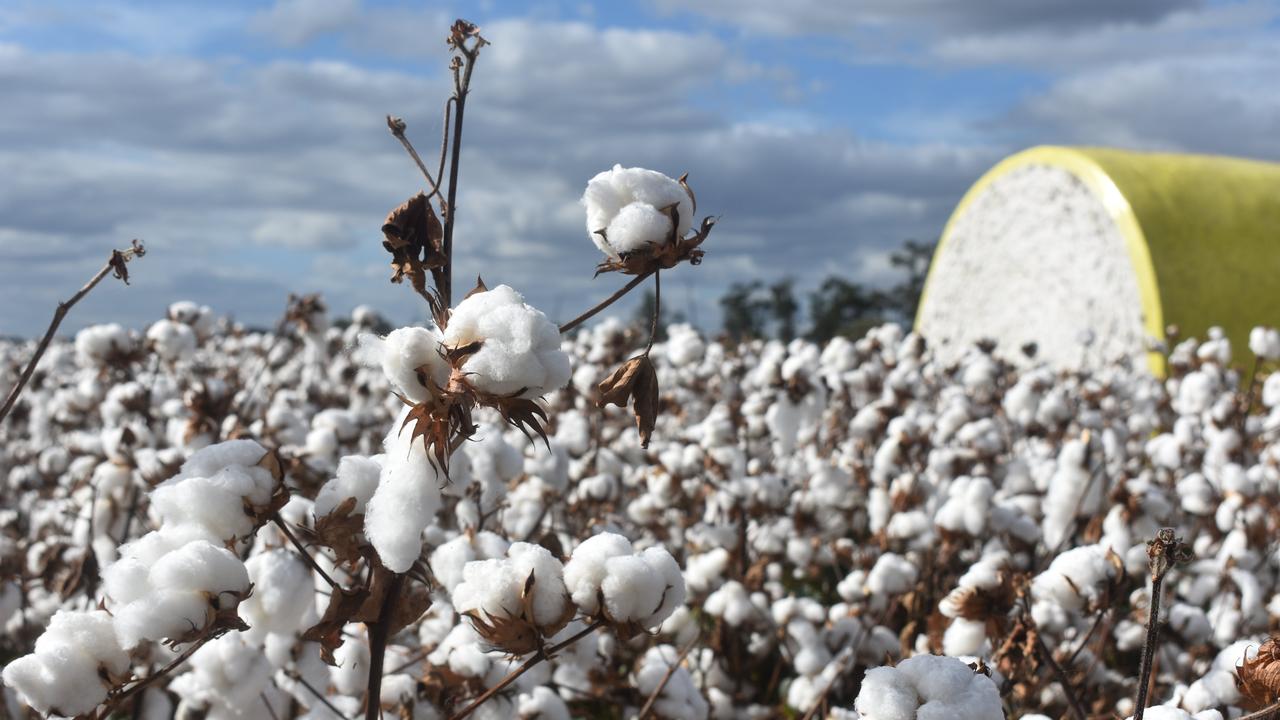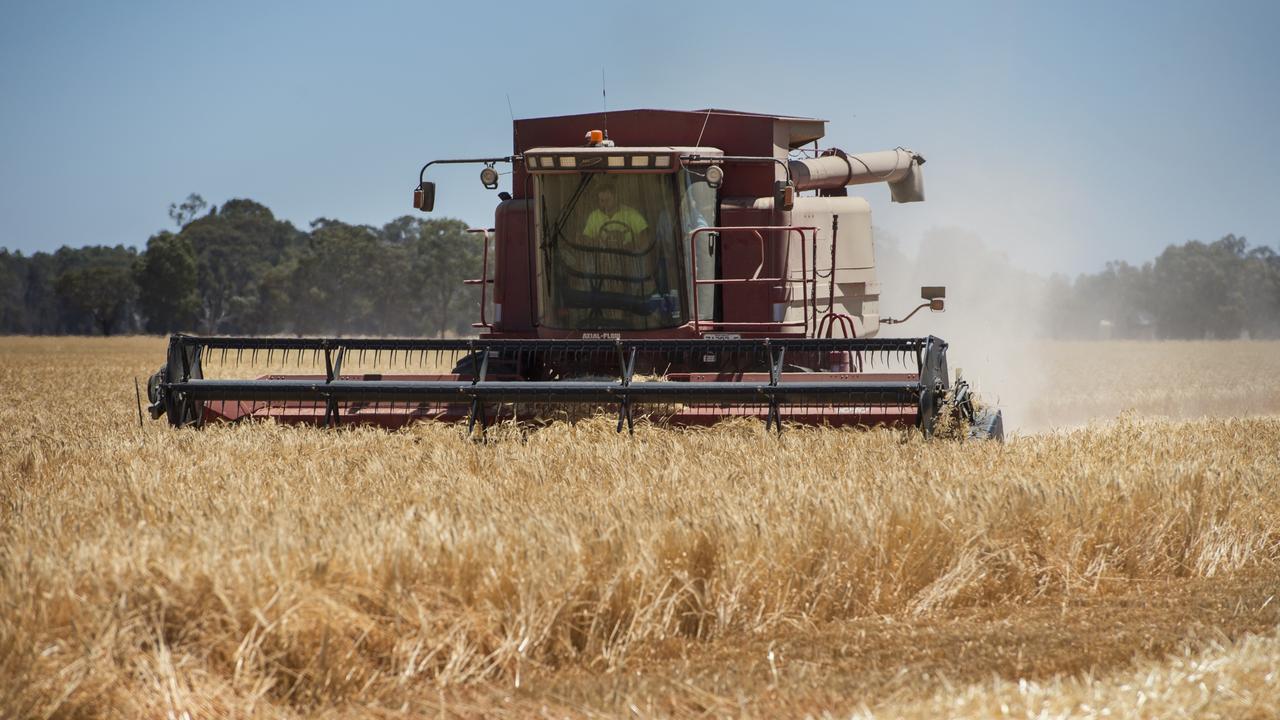Few openings for growers to offload as demand stays low
Parts of southern Queensland remain dry and there is a trickle of demand. See how hay prices in NSW are impacting the southern hay markets this season.

FOR most growers, the time spent in marketing hay early in 2021 provides very few opportunities to move it from their paddock stacks or sheds.
The broadacre oaten hay growers of the Mallee and Wimmera hope their exporters will be able to find some markets for their weather damaged hay production.
Exporters are scouring the regions searching for bales with a glimmer of quality to keep their customers happy but unbleached hay is rare.
If there is an opening for low quality hay in north Asia, exporters will be well placed as they have extensive details of the hay that is available on their growers’ farms.
One of the biggest changes to the hay market is the prolific pasture production in NSW and the lack of hay demand within the state.
Some pre-existing relationships that were active during the drought years of 2018 and 2019 are proving resilient.
Roughage hay for beef feedlots on the Darling Downs or protein hay for coastal dairy farmers in NSW have been some rare pockets of demand.
Graziers near Longreach hit by the extended dry have been considering more hay, but the 50mm to 100mm so far this month has been enough for them to avoid buying.
For most growers, very little hay had been sold since hay making was completed in October.
The massive production of pasture and fodder has resulted in hay prices in the central west and southern tablelands as cheap as those in the Victorian Mallee.
Through competitive pressures the sellers of central west and southern NSW have all but isolated Victorian sellers from the northern markets.
Weather caused havoc for hay makers during spring and windrows were damaged in all three states in south-eastern Australia.
The worst of this hay from properties in the central west of NSW, the Victorian Mallee and the mid-north of South Australia is offered for sale at $130 to $140 a tonne ex-farm plus GST and freight.
The wet third and fourth weeks of September were the most damaging for the earlier maturing hay in the plains of the central west and Riverina.
However, further east, in the southern tablelands, a few growers started cutting their later maturing cereal hay crops in the second week of October.
These crops were big, yielding between eight and nine tonnes a hectare and the heavy windrows needed time to cure.
There was notable rain in mid-October but after this the intensity of the spring rainfall had subsided. Hay made on these southern highland properties had either no rain or suffered only slight damage from rain just after cutting.
Accordingly, there is some bright, green, undamaged hay in sheds located east of the Olympic Highway between Wagga Wagga and Albury.
MORE
DESPITE FALL IN PRICES, DEMAND STAYS LOW


